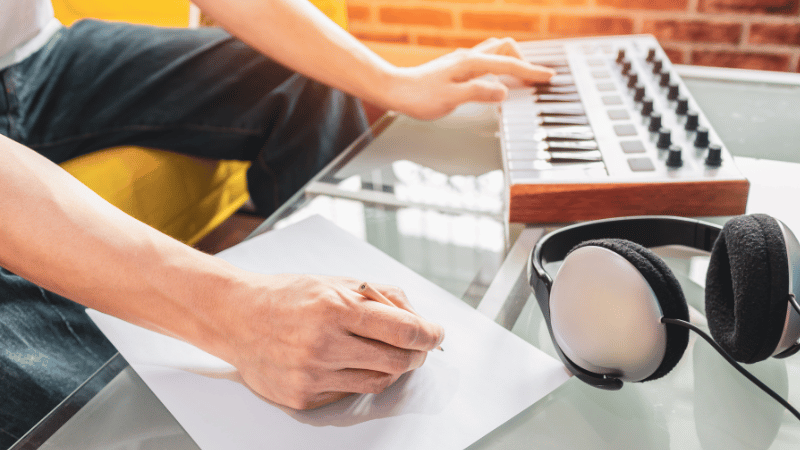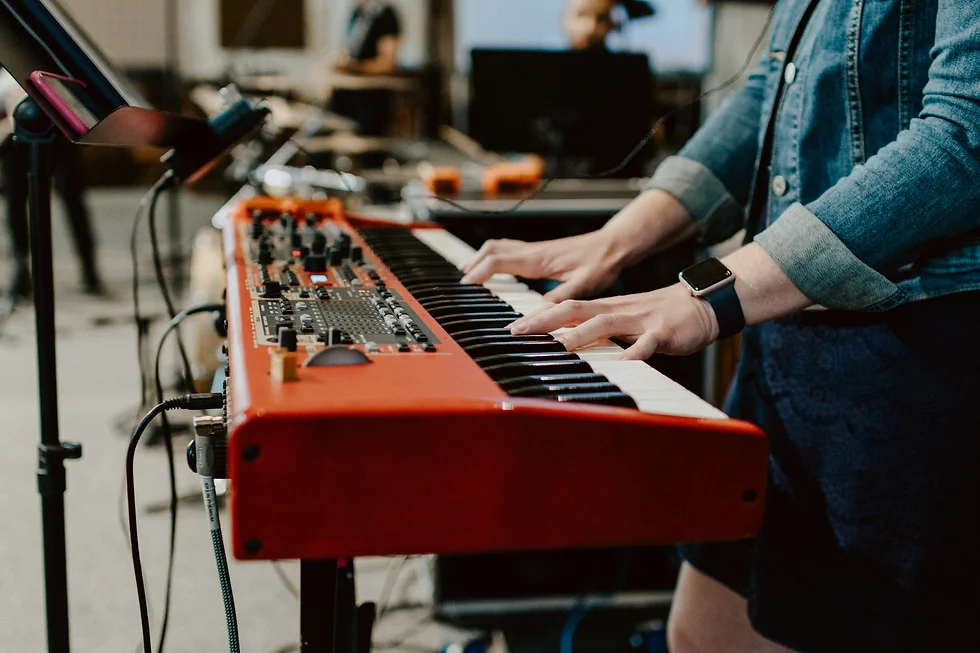Learning how to play music by ear is an incredible skill that allows you to connect deeply with songs and express your creativity. Instead of relying on sheet music, you listen closely to melodies, harmonies, and rhythms, and then reproduce them on your instrument. While it may sound challenging, playing music by ear is something anyone can learn with practice and patience. Let’s give you through the steps to develop this valuable skill.
Understand the Basics of Listening
The first step in learning how to play music by ear is sharpening your listening skills. Pay close attention to the structure of the music you hear. Focus on recognizing patterns, such as chord progressions, rhythms, and melodies. Start with simple songs that have clear and repetitive tunes. Listen to the track multiple times and try humming or singing along. This helps you internalize the music, making it easier to play later.

Develop Your Ear for Pitch
Understanding pitch is essential when learning how to play music by ear. Pitch refers to the highness or lowness of a sound. Practice identifying different pitches by playing a note on your instrument and matching it with your voice.
Apps and tools for ear training can also be helpful. They offer exercises that improve your ability to recognize intervals, scales, and chords. With consistent practice, you’ll notice your ear becoming more attuned to the nuances of music.
Start with Simple Songs
When you’re new to playing music by ear, choose songs that are easy to follow. Simple nursery rhymes or popular tunes with repetitive melodies are great starting points.
Listen to a small section of the song and try to replicate it on your instrument. Don’t rush. Take your time to match each note accurately. As you gain confidence, move on to more complex pieces.
Learn the Basics of Chords and Scales
Chords and scales form the foundation of most music. Understanding these concepts will make it much easier to figure out songs by ear.
Start by learning the major and minor scales on your instrument. Then, explore basic chords and how they fit into different keys. Recognizing common chord progressions, such as the I-IV-V-I sequence, can help you anticipate what comes next in a song.
Break Songs into Smaller Parts
Breaking songs into smaller parts is a practical way to learn how to play music by ear. Instead of trying to replicate the entire song at once, focus on one section at a time.
For example, begin with the intro or the main melody. Once you’ve mastered that, move on to the chorus or bridge. By tackling the song in manageable chunks, you’ll feel less overwhelmed and more accomplished.
Experiment and Make Mistakes
Mistakes are a natural part of learning how to play music by ear. Don’t be afraid to experiment with different notes and rhythms until you find the right ones.
Playing around with your instrument not only helps you learn the song but also boosts your creativity. Over time, you’ll develop a stronger sense of intuition for identifying the correct notes.
Play Along with the Song
Once you’re familiar with a song, play along with the original recording. This step helps you refine your timing, rhythm, and overall feel for the music.
Pay attention to how your playing blends with the track. Adjust your dynamics and tempo as needed to match the energy of the song. Playing along is also a great way to build confidence in your ability to play music by ear.
Record Yourself for Feedback
Recording yourself while practicing is an excellent way to track your progress. Listen to the recordings to identify areas where you can improve, such as pitch accuracy or rhythm consistency.
Hearing yourself play gives you a fresh perspective and allows you to make adjustments. This step is especially useful as you move on to more challenging songs.
Practice Regularly and Stay Patient
Learning how to play music by ear takes time and dedication. Make ear training a regular part of your practice routine. Even 10-15 minutes a day can make a significant difference over time.
Be patient with yourself and celebrate small victories along the way. Each song you learn by ear brings you closer to mastering this skill.
Enjoy the Process
Finally, remember to have fun while learning. Playing music by ear is a creative and rewarding journey. The more you practice, the more you’ll discover your unique style and approach to music.
Discover More Gaming Options
Music and gaming both offer immersive experiences that transport you to new worlds of excitement. Explore a wide variety of games at https://www.wolfwinner.fun/en/casino-games and find your next adventure. Just like Mo Foster’s music, great entertainment is all about passion and creativity.
Conclusion
Learning how to play music by ear is an amazing skill that opens up endless possibilities in your musical journey. By sharpening your listening skills, practicing regularly, and staying patient, you’ll gradually build the confidence to play any song by ear. Embrace the process, and soon you’ll be playing music effortlessly, relying solely on your ears and intuition.



